A University of Minnesota researcher examined the content levels of CBD and THC in medical marijuana in Minnesota to see how they were used over time.
The study found CBD was most helpful for those with epilepsy, participants took both THC and CBD in their consumption and the amount of time spent taking cannabis was an indicator of the drug’s effectiveness.
Ilo Leppik, a University professor in the Department of Experimental and Clinical Pharmacology and co-author of the study, said most patients received medical cannabis containing both CBD and THC.
THC is like alcohol because it slows reaction time and “makes people high,” while CBD can help ease pain without those side effects, Leppik said.
Few doctors in the United States prescribe medical marijuana because they could lose their license since marijuana is not legal at the federal level, according to Leppik.
“It’s a very important law because it protects the doctors from people going after them for violation of the federal law,” Leppik said.
Angela Dawson, president of Minnesota’s only cannabis public education and advocacy organization, The Great Rise, said there are hundreds of cannabinoids (chemicals and substances) within CBD yet 10 have been discovered.
“THC is the non-sober cousin of CBD,” Dawson said.
Our bodies have an endocannabinoid system, which helps people regulate and balance key bodily functions, Dawson said. CBD interacts with the endocannabinoid system to get desired effects, like reducing pain.
“We have an endocannabinoid system for a reason,” Dawson said. “We don’t have an acetaminophen system or an ibuprofen system, we have an endocannabinoid system that works to interact with the cannabinoids.”
The CBD cannabinoids look for weaknesses in our endocannabinoid system and repair those cells allowing the healing process to take place, Dawson added.
Peter Morrell, University professor in the Department of Agronomy and Plant Genetics said marijuana is currently considered a class one drug at the federal level and is treated the same as heroin and cocaine; it is considered a drug with no medicinal value and has potential to do harm.
In Minnesota, people do not have a medical marijuana card, they have a physician’s note that says they have a condition qualifying them to use and obtain medical marijuana, Morrell said. PTSD and chronic pain are examples qualifying students to obtain medical marijuana.
The study used data collected from 50% of registered cannabis users in Minnesota and spent time with well-trained pharmacists to discuss pain levels, Leppik said.
For patients with epilepsy and multiple sclerosis, they took medical cannabis for longer periods, Leppik added. Time spent by patients using cannabis indicated pain relief effectiveness because it is expensive for patients to pay out-of-pocket if it is not working.
Morell teaches a course called the Science of Cannabis at the University. Morell said all universities face a challenge when talking about marijuana in the classroom.
One main revenue source for the University is from direct grants from the state and federal government, Morell said. The federal government requires a drug-free workplace environment, and the University has no interest in challenging them because they risk losing a channel of funding.
“I don’t think that the federal treatment of marijuana will remain static forever,” Morell said. “We’re at a place where more than half of states have some kind of access to marijuana either through a medical program or full adult recreational use.”
Marijuana use is not entirely positive, and the younger a person is when they start using marijuana the more likely they are to experience negative consequences, Morell said. Marijuana can have long-lasting effects on the brain, and if smoked, can harm people’s lungs.
It can also affect motivation and life satisfaction, Morell added.
“People don’t overdose on marijuana and die outside the emergency room,” Morell said. “That just doesn’t happen, but we need to be realistic in that it is a drug and it’s not entirely benign.”





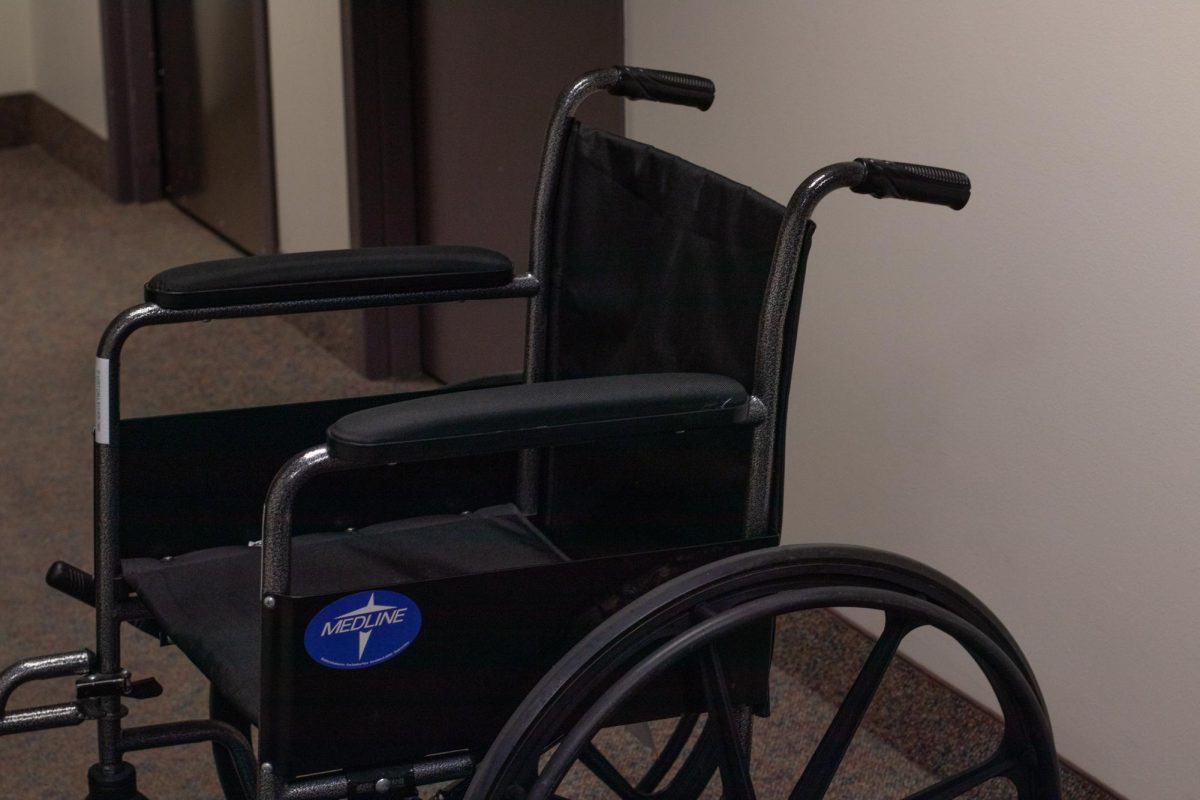
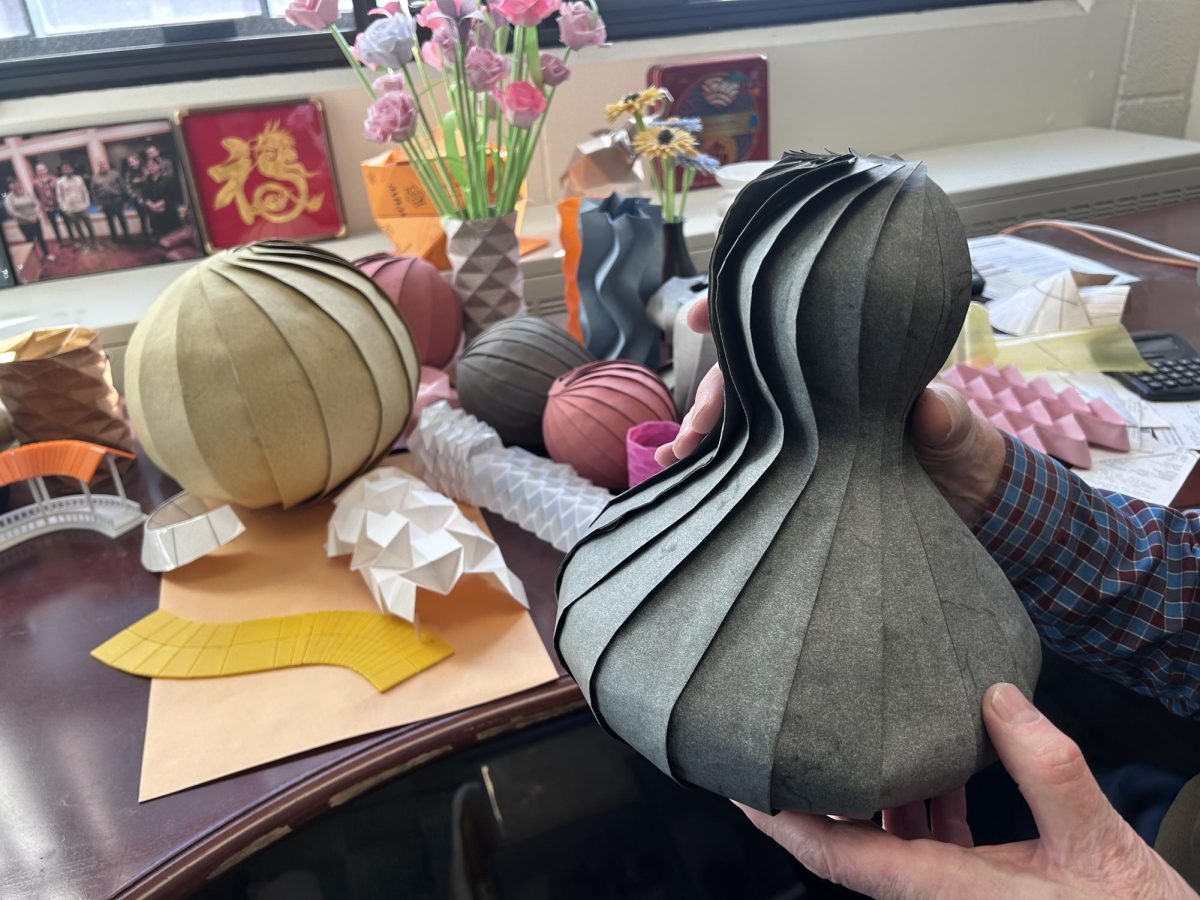
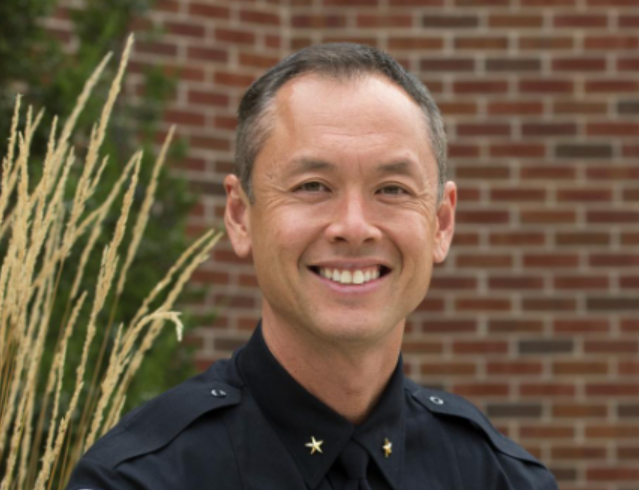

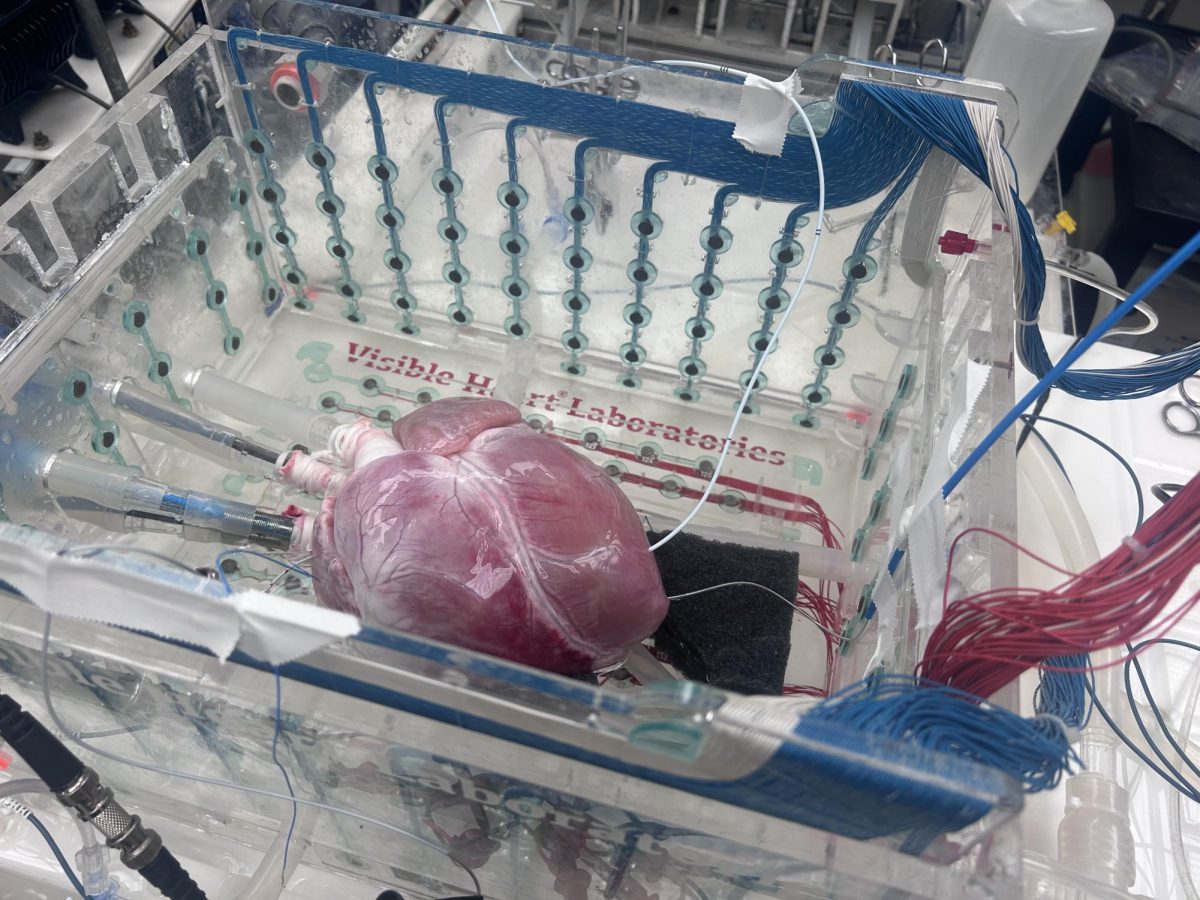
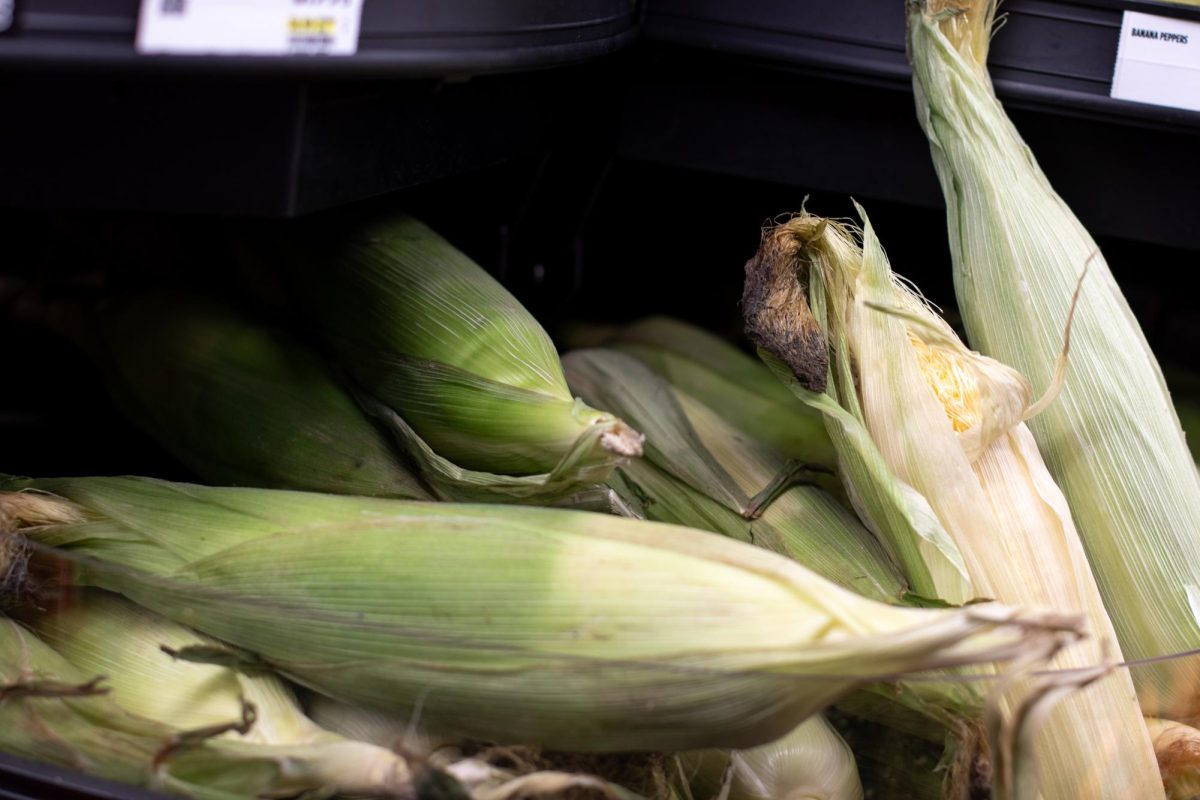
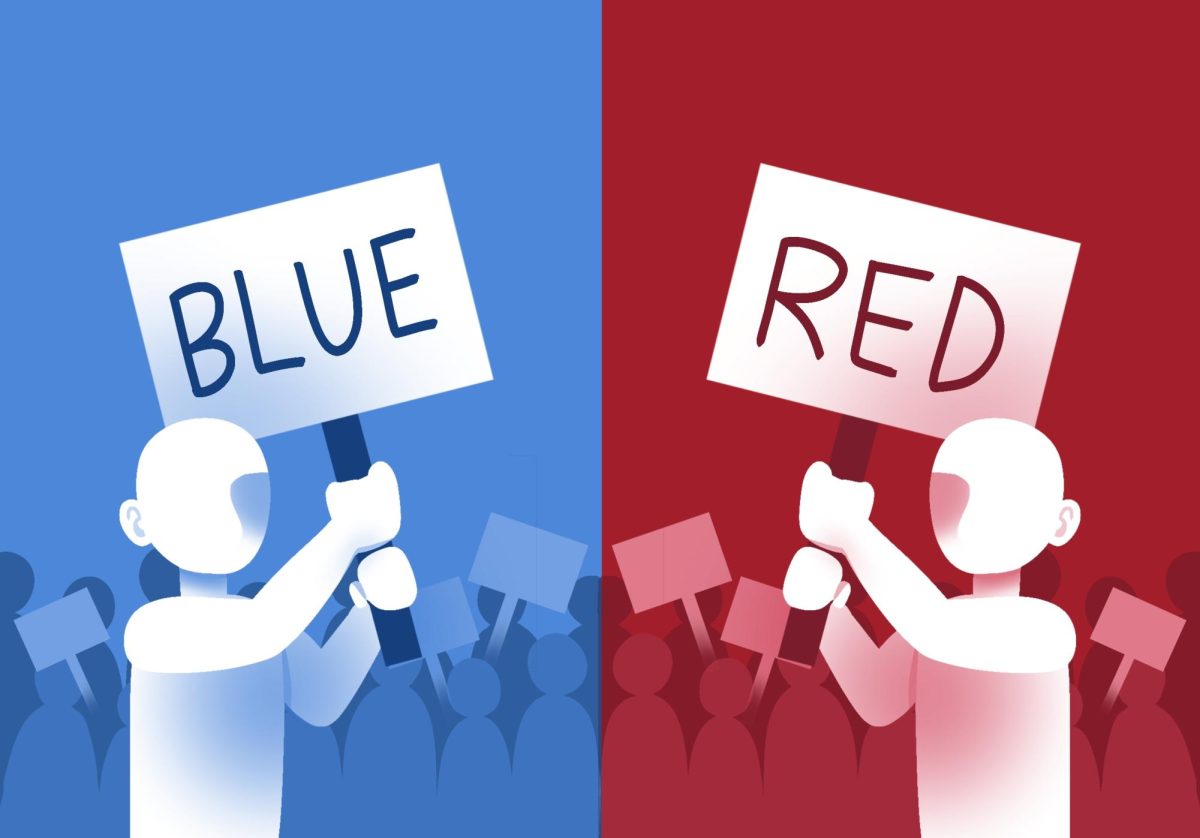



Rachelle Gordon
Nov 16, 2023 at 6:48 am
Actually cocaine is a schedule 2 drug, meaning the federal government believes it’s safer than cannabis.